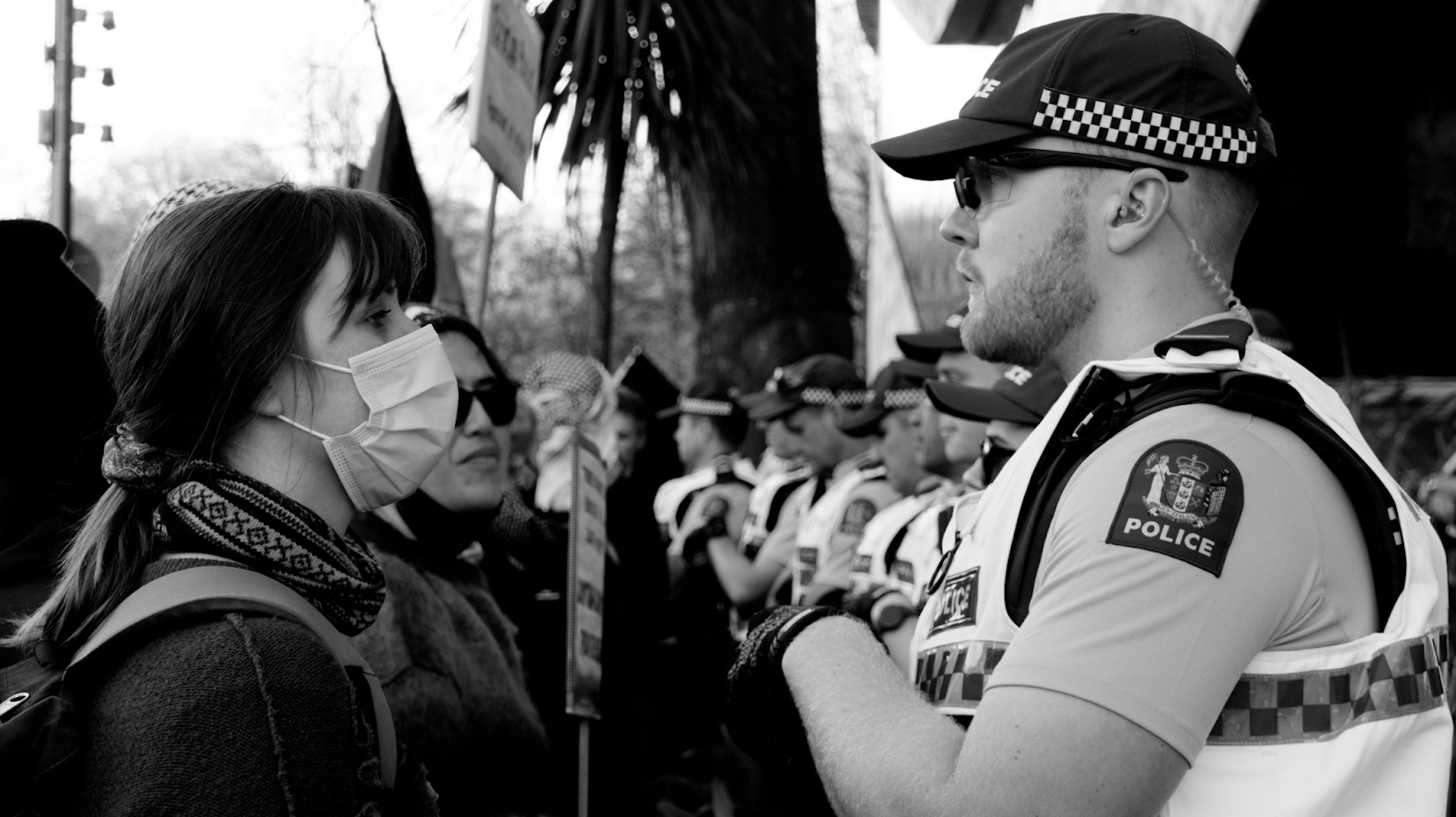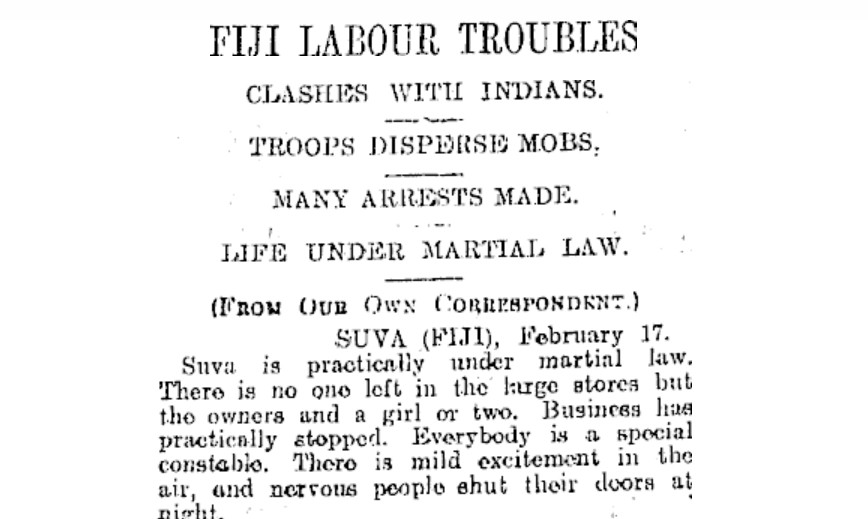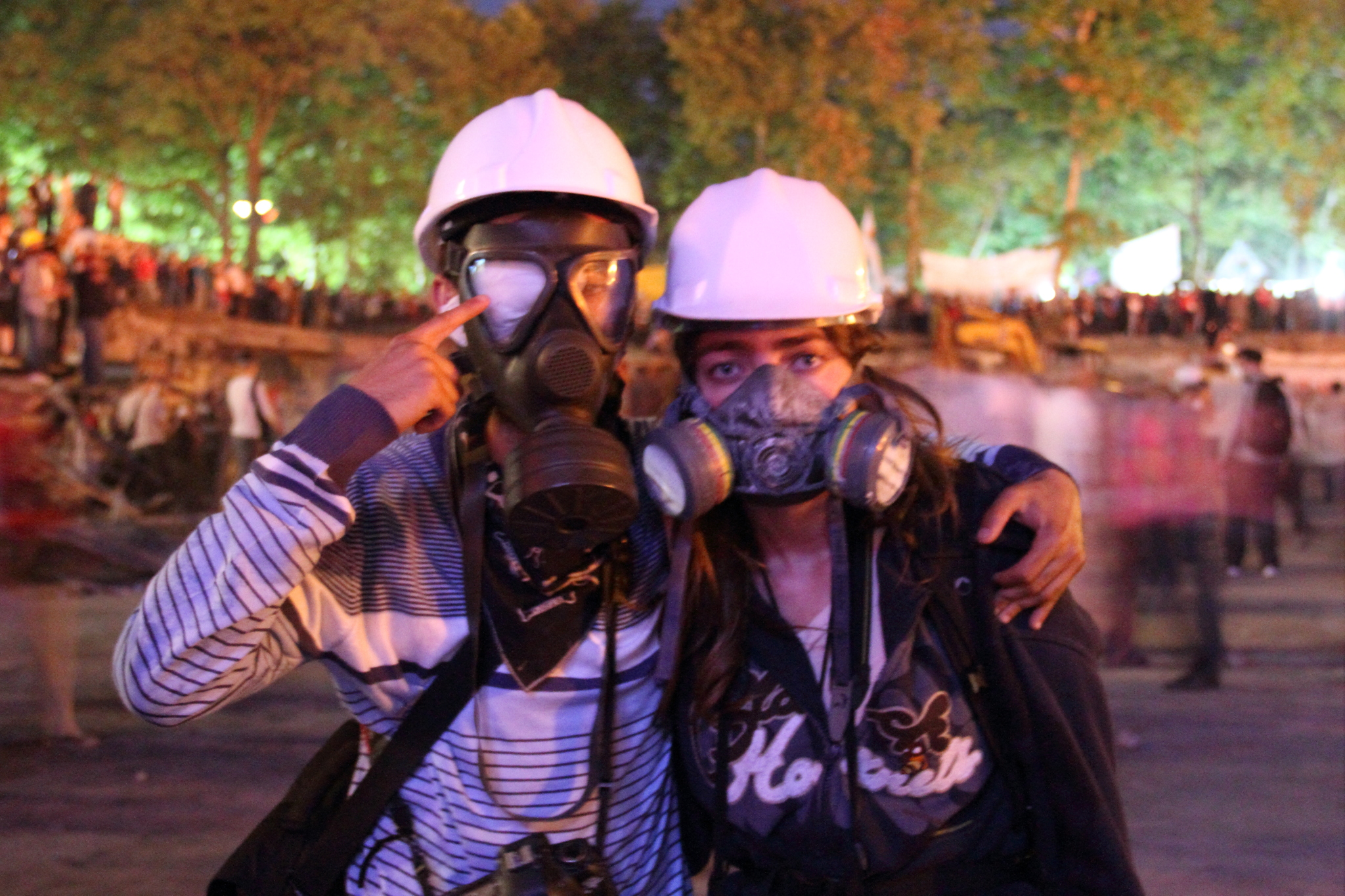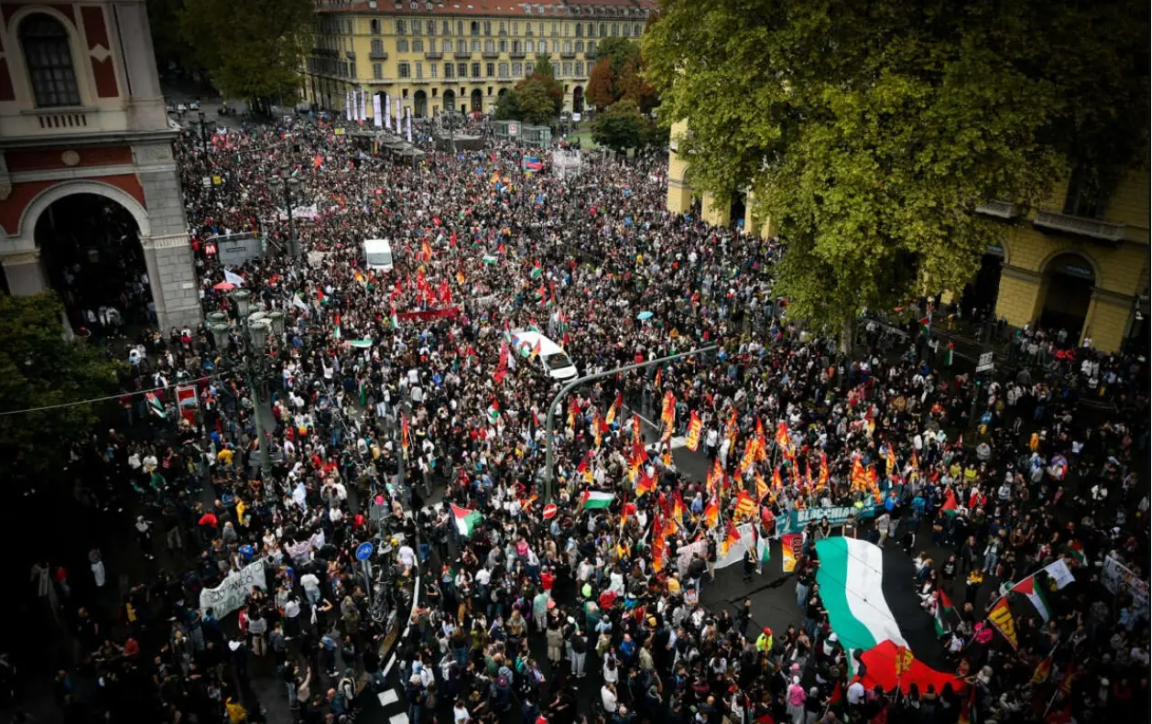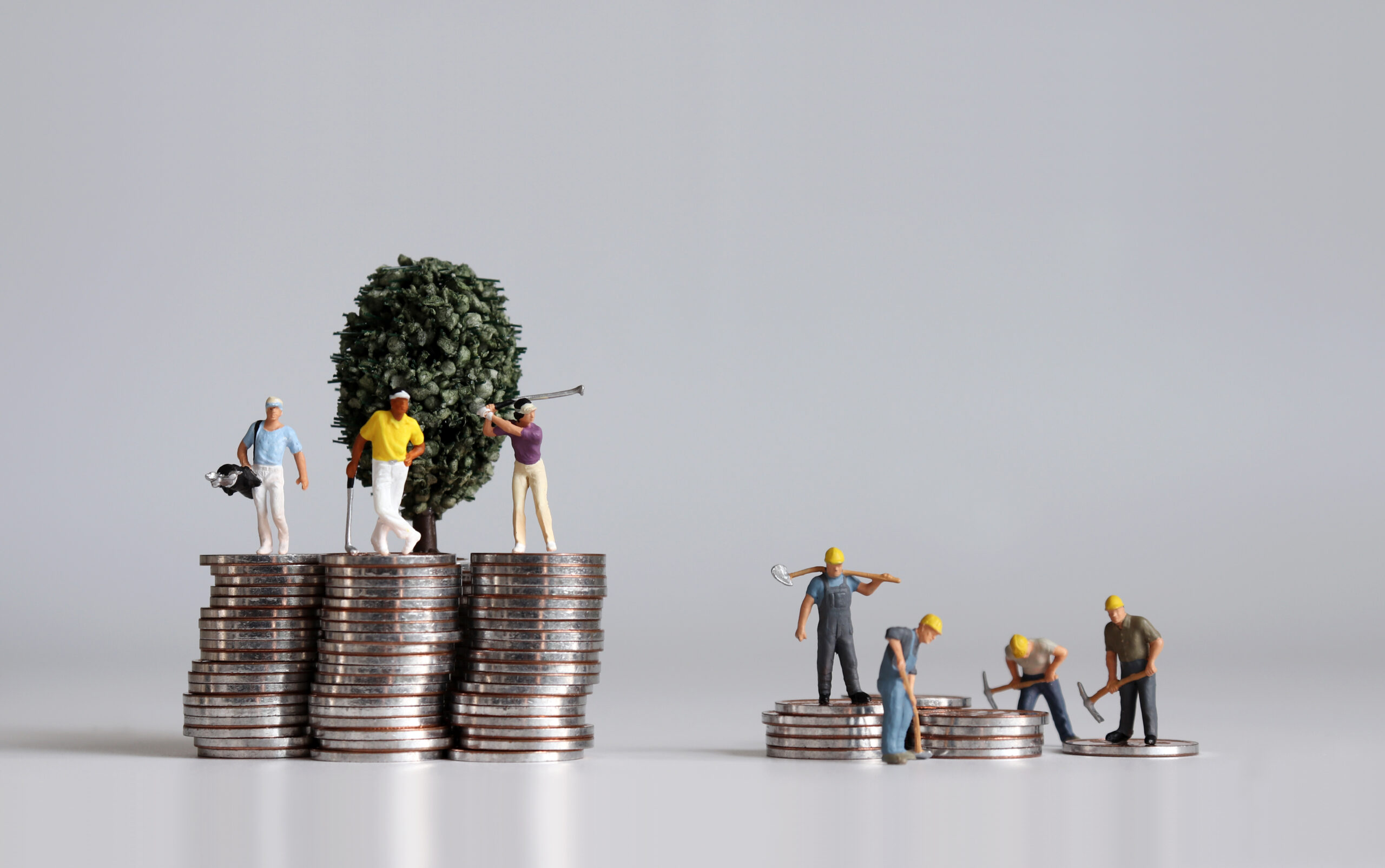Starting with only a handful of members, the Vietnamese Trotskyists in the 1930s and 1940s were able to build large organisations capable of having great impact within the Vietnamese working class. They did so despite much larger Stalinist forces. Their rise and fall offers us lessons for building socialist organisations today.
The beginning
The small group who started the movement were young Vietnamese students who had come across Trotskyism while studying in France. Prominent among these students was Ta thu Thau who had been part of the nationalist movement against colonial rule before leaving for France in 1927. As his political views moved further to the left he abandoned his nationalist leanings and, at the age of 23, entered the Trotskyist Left Opposition. In Paris in 1929, he helped organise the Indochinese Left Opposition.
The Vietnamese revolutionaries saw their group as a left faction within the official Communist movement. By this period the Communist International was under the control of Josef Stalin, whose leadership had contributed to the failure of the 1925-27 Chinese revolution. The Stalinist Comintern ordered the Chinese Communists to subordinate themselves to the capitalist nationalist party, the Guomindang, because, it was argued, China was not ready for socialism and that only nationalist revolution should be attempted. This decision meant that the Communists could not lead the mass revolt of workers and peasants in China. The nationalists reacted to the revolution by crushing the working class and murdering many of the Communists.* The failures of Stalinism in China had pushed the young Vietnamese revolutionaries toward Trotskyism.
Despite the failure of the Chinese revolution, the Stalinists continued the line that workers and peasants in colonial countries should have their interests subordinate to the nationalist bosses. Ta thu Thau, repudiated this approach, arguing in 1930: “Only revolution based on the organisation of the proletariat and peasant masses is capable of liberating the colonies.”
Thau and fellow Trotskyists Huynh van Phuong and Phan can Chanh were arrested during protests in France against the execution of the leaders of a nationalist uprising at Yen Bai. They were deported to Saigon and from there the Trotskyist movement in Vietnam was born. They managed to draw in members of the Stalinist Indochinese Communist Party (ICP) who had witnessed the terrible results of decisions coming out of Moscow. The Comintern had prematurely ordered an armed uprising which was ruthlessly crushed, leading to the deaths of more than 10,000 Vietnamese and the imprisonment of 50,000. After this crisis, some of the surviving ICP cadre joined the Trotskyists. By 1932 though, the tiny movement was almost crushed when sixty-five members and sympathisers were arrested and tortured.
Despite the repression the movement continued, going on to form a united front with Stalinists and revolutionary nationalists called La Lutte, named after their paper which means the Struggle Group. The group was formed on the basis of running worker candidates in the Saigon municipal elections where two of their candidates succeeded, one Stalinist and one Trotskyist sympathiser. The group agreed that the focus of their paper was the defence of workers and peasants and that they would leave their political differences aside. This showed political naivety on the part of the Trotskyists as they were clearly unaware of just how counter-revolutionary Stalinist politics was. By failing to address their political differences it also led to a miseducation of their supporters. However, an underground Trotskyist group, the League of International Communists, did take to task the Stalinists, whose betrayals increased as they moved further right. The League also rightly criticised the La Lutte Trotskyists for being soft on the Stalinists. This group managed to recruit militant workers in 40 workplaces despite facing severe repression. After its core leadership were arrested and tortured in 1936, the remaining underground Trotskyists were cohered under the leadership of Ho huu Tuong and began the first Trotskyist weekly paper in French, Le Militant. They worked alongside the La Lutte Trotskyists on various struggles, but continued their warnings about being soft on Stalinism.
It was during this period that “Vietnam was shaken by an unprecedented wave of strikes without an equivalent in any other French colony” according to historian Daniel Hemery. The Trotskyists, by showing leadership throughout the strike wave, were able to gain the popular support of workers. Hemery says “workers and coolies set up action committees and strike committees under Trotskyist rather than Stalinist influence.” They were met with repression and Thau was arrested along with other leaders of La Lutte. Those arrested maintained an 11-day hunger strike which lead to workers striking to demand their release. The authorities buckled and released the revolutionaries. The Trotskyists went on to win 80 percent of the vote for the Cochin China Colonial Council in 1939.
As the Trotskyists became the dominant group in La Lutte and as they won more and more activists to their politics, they were more confident to openly criticise the Stalinists. The question that was most pressing was that of the Popular Front government in France. This was a Stalinist backed coalition between capitalist parties and worker parties. The government attacked workers’ rights and denied Vietnamese independence. Moscow instructed Ho Chi Minh, leader of the ICP, to end their work with the Trotskyists declaring them “fascists” for opposing the French colonial authorities.
However, the Trotskyists were able to grow rapidly by employing the classical Marxist approach of orienting to the working class and a commitment to socialism from below. By 1939 La Lutte’s membership had spread beyond Saigon and reached 3000. The Stalinist approach of socialism from above (an oxymoron if ever the was one), backing French colonialism, lost them the support of workers. Ho Chi Minh blamed the Trotskyists, declaring to the Comintern: “No reconciliation or concession is possible in relation to the Trotskyists. They must by all means be unmasked as agents of fascism; they must be politically exterminated.” However, it was not the Stalinists who would break the Trotskyist organisations, but the severe repression following the outbreak of World War II. The Stalinists also faced repression, but fared better due to their backing from Moscow as well as the Russian alliance with the US which provided Ho Chi Minh with intelligence support.
Starting again
A few committed revolutionaries began the Trotskyists movement again, from scratch. Lu sanh Hanh successfully brought several dozen Trotskyists together as the League of International Communists (LCI). Containing five founders of the Vietnamese Trotskyist movement and several of the experienced Hanoi cadre, the small propaganda group was sufficiently cohered to take advantage of the political opening after the war. They quickly grew amongst the working class and by August 1945 the LCI had 200 members.
The end of the war resulted in a power vacuum and social crisis in Vietnam which was exacerbated by a famine that killed more than a million people. The Vietnamese people rightly saw this as an opening for independence. The window was closing though as French, British and Chinese forces were preparing to reinstate French rule. Stalin accepted the way the victors of WWII carved up the world, which included the allocation of Vietnam to France. The ICP followed this line and therefore would not lead the coming fight for Vietnamese independence. The Trotskyists took to the streets and expressed the popular call for independence and armed resistance. The return of La Lutte’s paper in Saigon in August 1945 saw 15,000 copies moved in a city of 250,000. In Hanoi La Lutte was published daily with a circulation of 30,000.
Heeding the call of the Trotskyists, hundreds of thousands demonstrated in Saigon on 21 August 1945. The Trotskyist contingent was 30,000 strong. They were also leaders in the people’s committees that emerged during the struggle and La Lutte organised 18,000 militants and armed groups. Workers councils were formed in the mining area of Hongay-Campha, taking control of the area until Stalinist military forces destroyed them.
The Stalinists reformed as the Viet Minh and took control of local government across much of the country. They declared independence on 2 September 1945 but barely a week later had welcomed British troops. Despite this treachery and all those previous, La Lutte still did not understand the full extent of Stalinism’s counter-revolutionary nature. They still thought working with them was possible. Even the LCI still had some illusions in Stalinism. Though they expressed their opposition to the Stalinist government’s capitulation to imperialism, they did not realise that Stalinist politics demanded the extermination of Trotskyism. This confusion was influenced by Trotskyism’s incorrect assessment of Stalin’s Russia still being some kind of workers’ state.
The misreading of Stalinism resulted in a grave error on 14 September 1945 when Stalinist police forces surrounded a people’s committee meeting at the LCI headquarters. The Trotskyists surrendered without a fight despite having greater numbers and being well armed. They still could not understand that the Stalinists were not on their side and this mistake led directly to their deaths. Ta thu Thau was also murdered during this period and other La Lutte leaders were executed by a Stalinist firing squad.
On 23 September the population of Saigon rebelled against the imperialist forces, surrounding them in the city centre for days. The remaining LCI members organised workers’ militias in the uprising. It took until early October for the French forces to retake Saigon. Stalinist hit squads assassinated as many Trotskyists as they could while French and British troops killed hundreds more. Soon the workers movement had been crushed and colonial rule was re-established in 1946. The Viet Minh led by Ho Chi Minh was instrumental in this disaster for the Vietnamese people. Independence was only won after 30 years and millions of deaths in the long war against imperialist powers. If the Trotskyists had been able to fully win the workers and peasants away from the Stalinists, this tragedy may not have happened.
Lessons
Much of this article is drawn from a chapter of Mick Armstrong’s From Little Things Big Things Grow. Armstrong, a founder of Socialist Alternative in Australia, draws out some of the lessons to be learned:
“The Vietnamese Trotskyists showed that a tiny propaganda circle of self-sacrificing and dedicated Marxists could win mass working class support, even in the face of rivalry from a much larger Stalinist party, when the political circumstances were right.”
The Trotskyists’ commitment to workers’ power and opposition to imperialism meant they could win significant working class support despite the reach of the Stalinists. Yet, they did not understand how dedicated Stalinism was to crushing genuine workers movements. Armstrong says “this serves to underline the vital importance of political clarity and the necessity of Marxists maintaining a strict political separation between their own organisations and those of their rivals on the left.”
For the ISO, as a small propaganda group, at this stage of our development, we orient to students just as the Vietnamese Trotskyists did in their early days. But we have the benefit of being able to organise openly and do not face anything like the repression they struggled under. We also do not have to break people from Stalinist rivals. Though we still need to heed the lessons of political clarity within the context of Aotearoa today.



